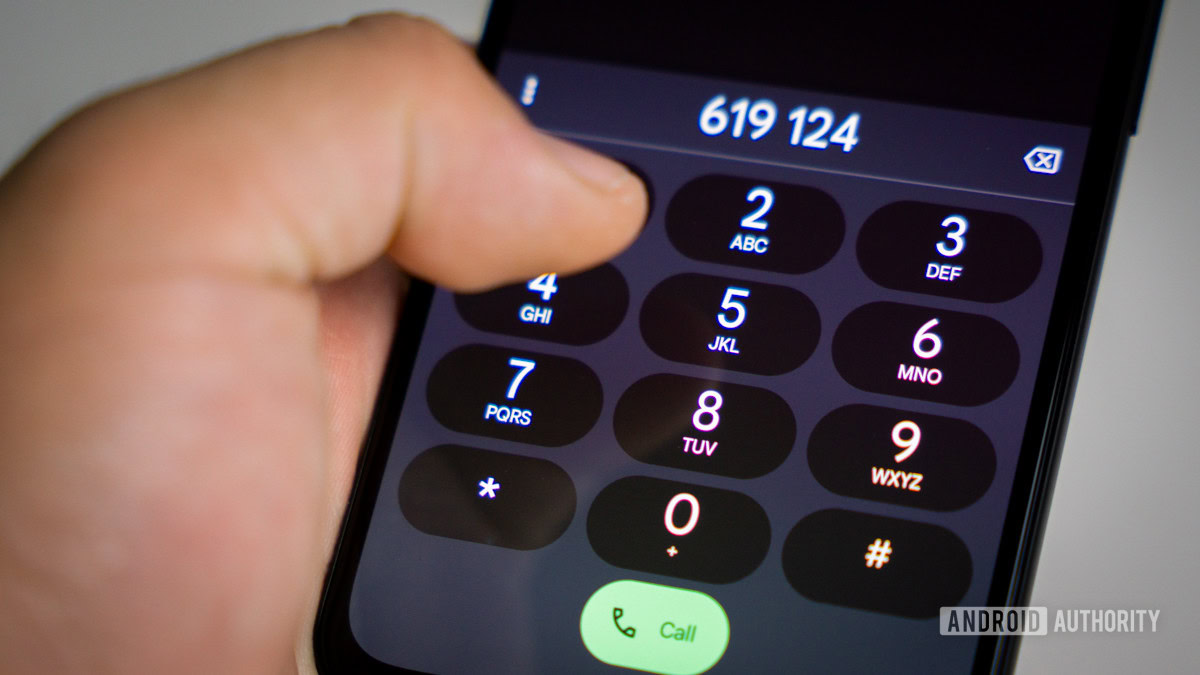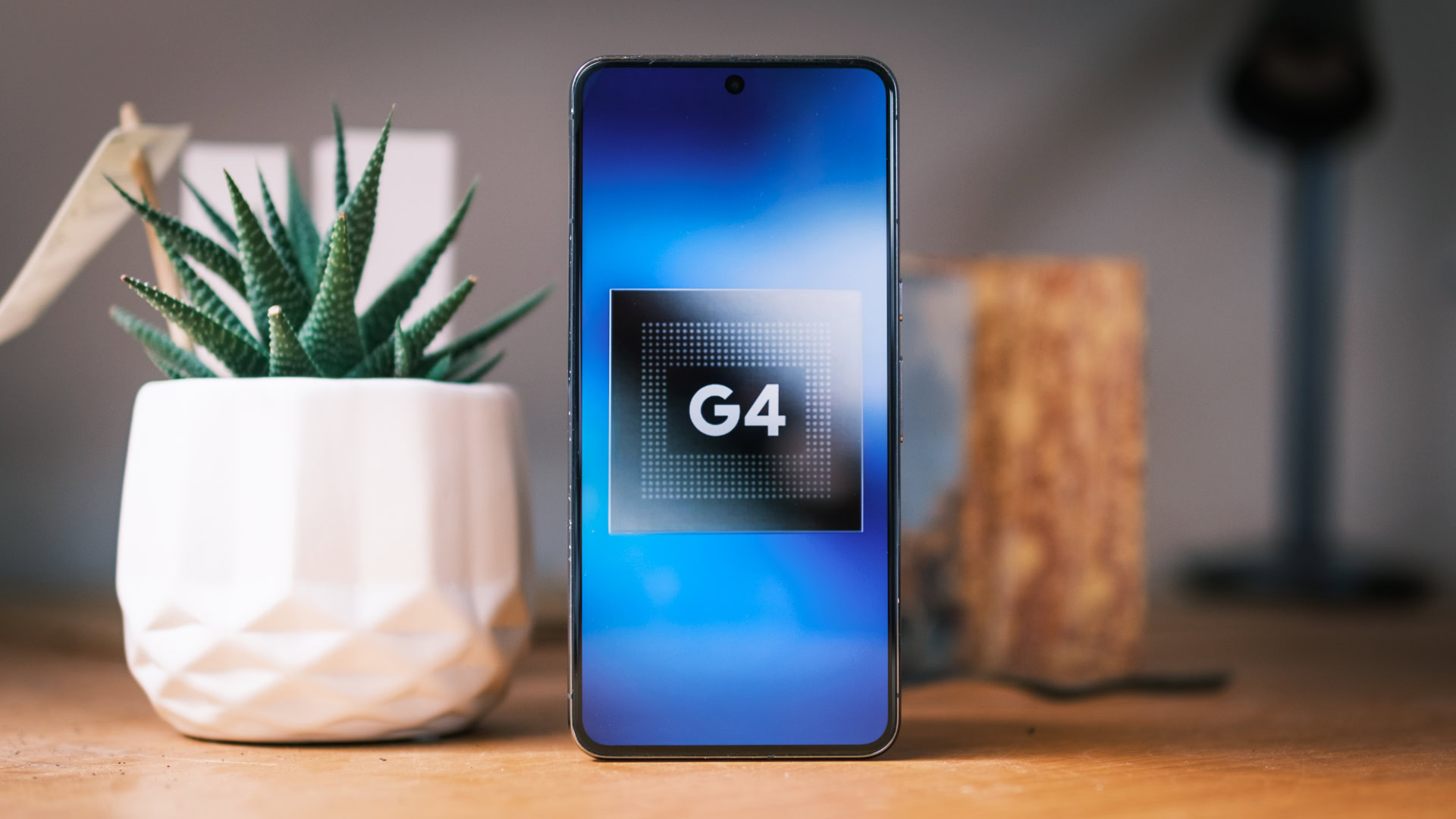TL;DR
- Google Chrome for Android is starting to roll out support for predictive back navigation.
- This lets users see whether a back navigation swipe will exit the app and take them to the home screen.
- Predictive back support is enabled by default for users on Android 15 running Chrome Canary but will trickle down to other channels in the near future.
One of the challenges of Android app development is figuring out how to retain users, which can be difficult to do when many of them accidentally exit apps when they swipe to go back on their Android phones. This happens because users often don’t know exactly what screen the back gesture will take them to. You’d think that wouldn’t be a problem for the Android operating system either, but that’s actually been a challenge that Google had to engineer around. Its solution is the predictive back gesture, a feature that has finally exited developer preview status and is now enabled by default in Android 15, and it’s starting to see adoption in several key Google apps such as Chrome.
Android’s predictive back gesture lets users preview the destination of the back gesture before they fully complete it. This lets them decide whether to commit to going back or to stay on the current page. For example, if a back gesture were to take the user back to their home screen, then the user will see a preview of their home screen as they’re swiping so they can decide whether to exit the app. The system even plays a “back-to-home” animation that, on supported Android launchers, elegantly minimizes the screen down to the app icon if it exists on the home screen.
In order for the system to do this, though, it needs to know when the next activity in the operating system’s so-called “back stack” is the home screen. For apps that leave back handling up to the system, this isn’t a problem, but apps with custom back behavior need to add support for the predictive back gesture. That’s why when Google initially introduced predictive back gesture support in Android 13, it made the system opt-in via a toggle in Developer Options. This decision was made not only to give developers time to refactor how their apps handle the back button but also to give Google the opportunity to update its own libraries to support the feature.
Finally, though, the time has come for Google to flip the switch and enable the predictive back gesture system by default. With the release of Android 15 Beta 2 back in May, predictive back is enabled by default and can no longer be toggled by the user under Developer Options. In preparation for the stable rollout of Android 15 later this year, the Google Chrome team has also flipped the switch to enable support for the feature in the Android app. This currently takes the form of showing a preview of the home screen when the user’s back gesture will take them to the home screen as well as showing a preview of the previous page when the user is navigating through Chrome’s settings, bookmarks, downloads, or history.
Chrome’s support for predictive back does not, unfortunately, include showing a preview of the last web page you visited, though this is something that Google said it is prototyping. The flag to enable the back-to-home animation in Google Chrome is now enabled by default in Canary builds for Android and will be rolling out to other Chrome channels soon. If you’re not running Android 15, then you can still take advantage of this feature by enabling the “predictive back animations” toggle in Developer Options, as long as your device is on Android 13 or Android 14.
Got a tip? Talk to us! Email our staff at [email protected]. You can stay anonymous or get credit for the info, it's your choice.








 English (US) ·
English (US) ·